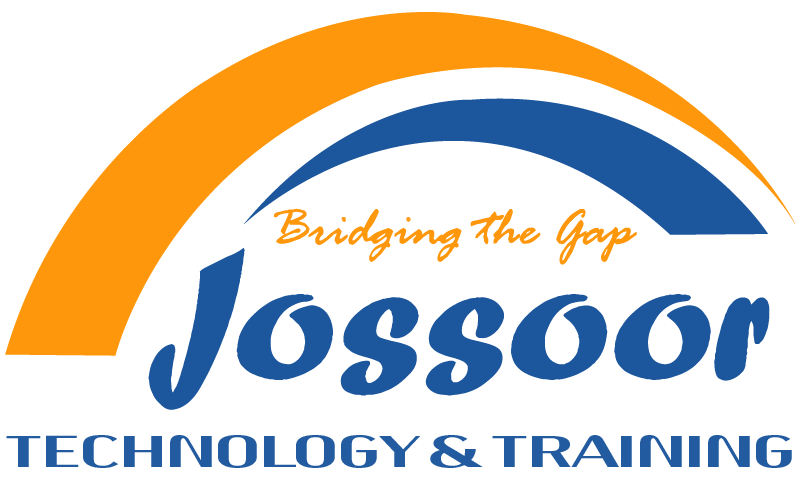The Difference Between Training, Education, and Learning
Training, education, and learning are three fundamental concepts in the field of human capacity development. While these terms often overlap, each has distinct characteristics that influence how individuals acquire knowledge and skills. This article explores the differences between training, education, and learning, highlighting how these processes interact to foster personal and professional growth.

Training
Training is a systematic process aimed at equipping individuals with the skills and knowledge necessary to perform specific tasks in certain work environments. It focuses primarily on the practical and applied aspects of knowledge, training individuals to execute specific functions or use specialized tools and techniques. Training typically targets short-term, tangible goals, such as improving efficiency or productivity in the workplace.
Training is delivered in various formats, including workshops, on-the-job training, mentorship, and coaching. Its success depends on several factors, such as the quality of trainers, the relevance of the training curriculum, and the training environment.
Education
Education is a more comprehensive process that aims to develop individuals’ intellectual and cognitive abilities. It spans a longer duration compared to training and includes diverse subjects designed to cultivate critical and analytical thinking. Education is characterized by its theoretical and conceptual nature, aiming to broaden individuals’ understanding of the world and empower them to think independently.
Education typically takes place in formal academic settings such as schools and universities, following organized curricula that cover a wide range of topics. It emphasizes building a solid knowledge foundation that enables lifelong learning and personal and professional development.
Learning
Learning is a continuous process through which individuals interact with their environment to acquire knowledge, skills, and values. Unlike training and education, learning occurs in all aspects of life and is not limited to formal settings. It can be self-directed or result from social and cultural interactions.
Learning is a dynamic process influenced by personal experiences and individual interests. It can happen through reading, hands-on experiences, social interactions, and leveraging modern technologies like the internet and social media. Learning enables individuals to evolve and adapt to constant changes in society and the job market.
Key Differences Between Training, Education, and Learning
Educational technology is a cornerstone of modern educational systems, offering significant improvements in the quality and effectiveness of education. Its importance can be summarized as follows:
Purpose
- Training focuses on developing specific skills for particular tasks.
- Education aims to build comprehensive knowledge and foster critical thinking.
- Learning is an ongoing, personal process that facilitates lifelong knowledge and skill acquisition.
Timeframe
- Training is short-term and goal-oriented.
- Education spans years, requiring long-term commitment.
- Learning is a continuous, lifelong process.
Environment
- Training occurs in professional or technical environments.
- Education takes place in formal academic institutions.
- Learning can happen anywhere, anytime.
Methodology
- Training uses practical and applied approaches.
- Education relies on theoretical and conceptual methods.
- Learning is often self-directed and utilizes diverse approaches.
Outcomes
- Training aims for measurable results, such as improved workplace performance.
- Education focuses on building a strong knowledge base.
- Learning contributes to personal development and intellectual growth.
The Interaction Between Training, Education, and Learning
Despite their differences, training, education, and learning interact in multiple ways to achieve holistic development. Training can complement education by providing the practical skills needed to apply theoretical knowledge. Similarly, education enhances the effectiveness of training by offering a solid intellectual foundation for understanding the skills being taught.
Learning acts as the bridge between training and education, allowing individuals to leverage their daily experiences, professional skills, and academic knowledge for ongoing development. In today’s fast-paced world, self-directed learning is particularly crucial, as rapid technological and societal changes necessitate continuous learning to stay relevant.
In conclusion, training, education, and learning are interdependent processes that collectively contribute to the development of individuals at personal, professional, and intellectual levels. Each process has unique characteristics but interacts with the others to achieve more comprehensive and effective outcomes. By understanding the distinctions and leveraging their synergies, individuals and organizations can foster sustainable and inclusive growth.
